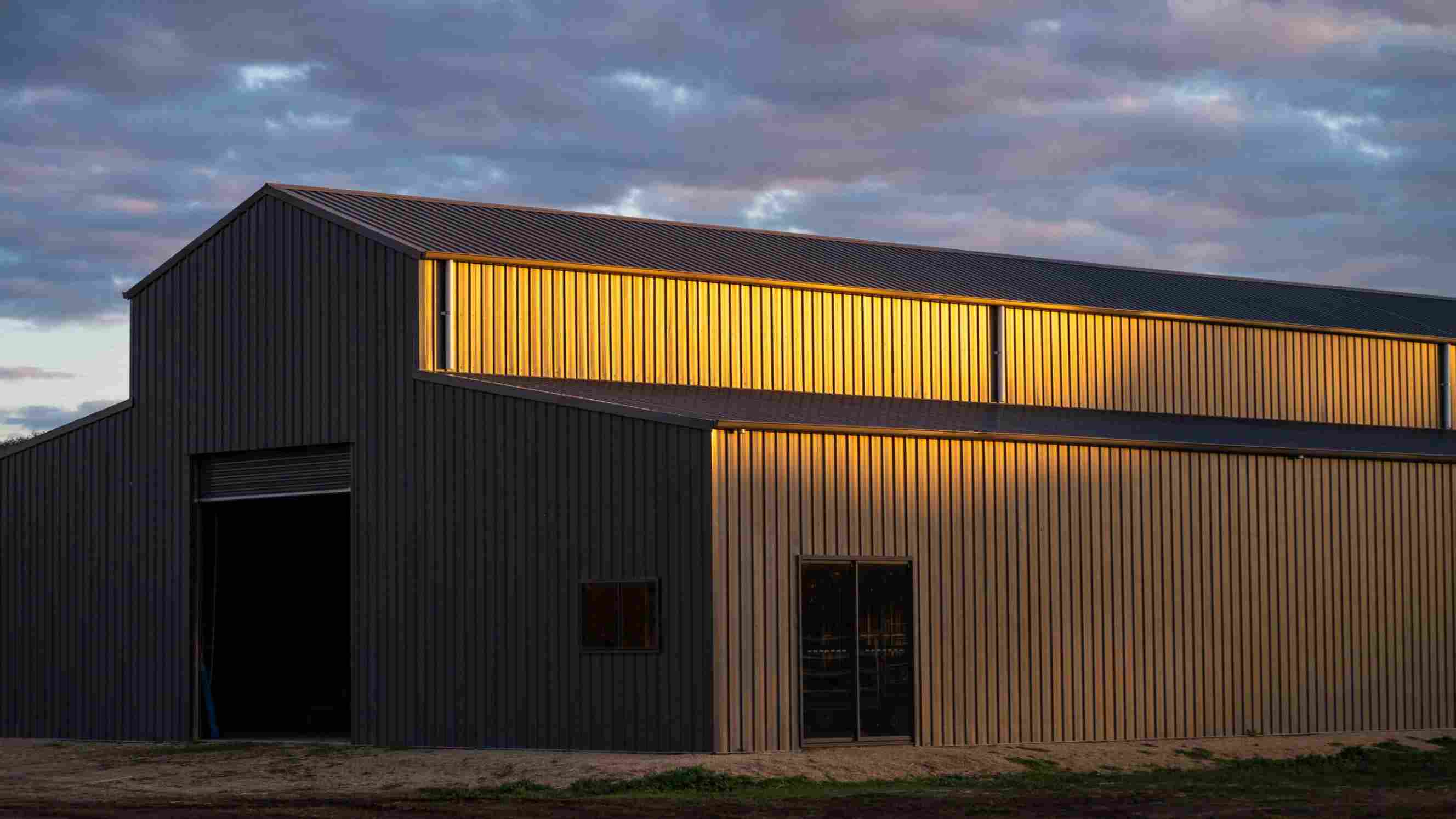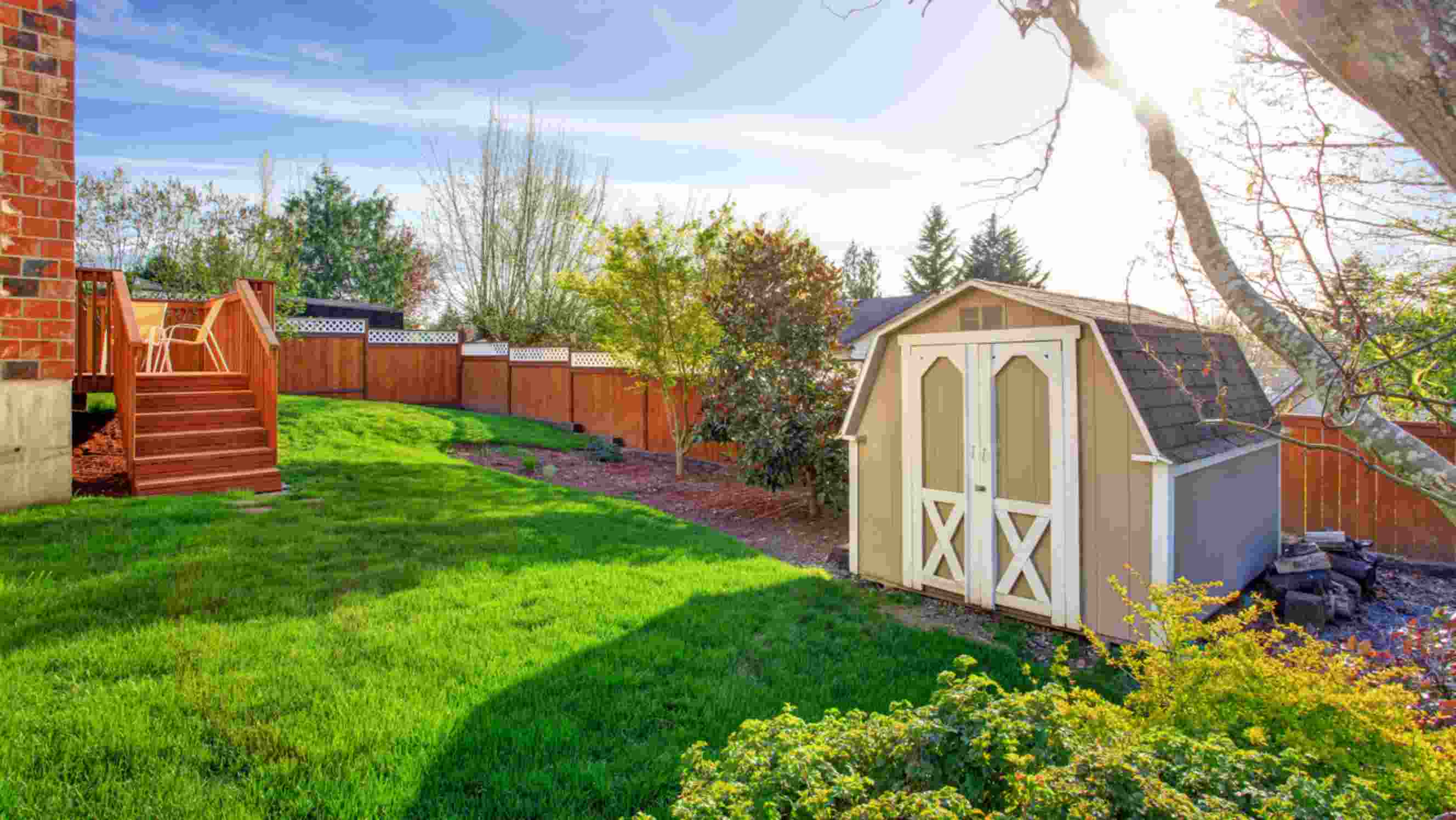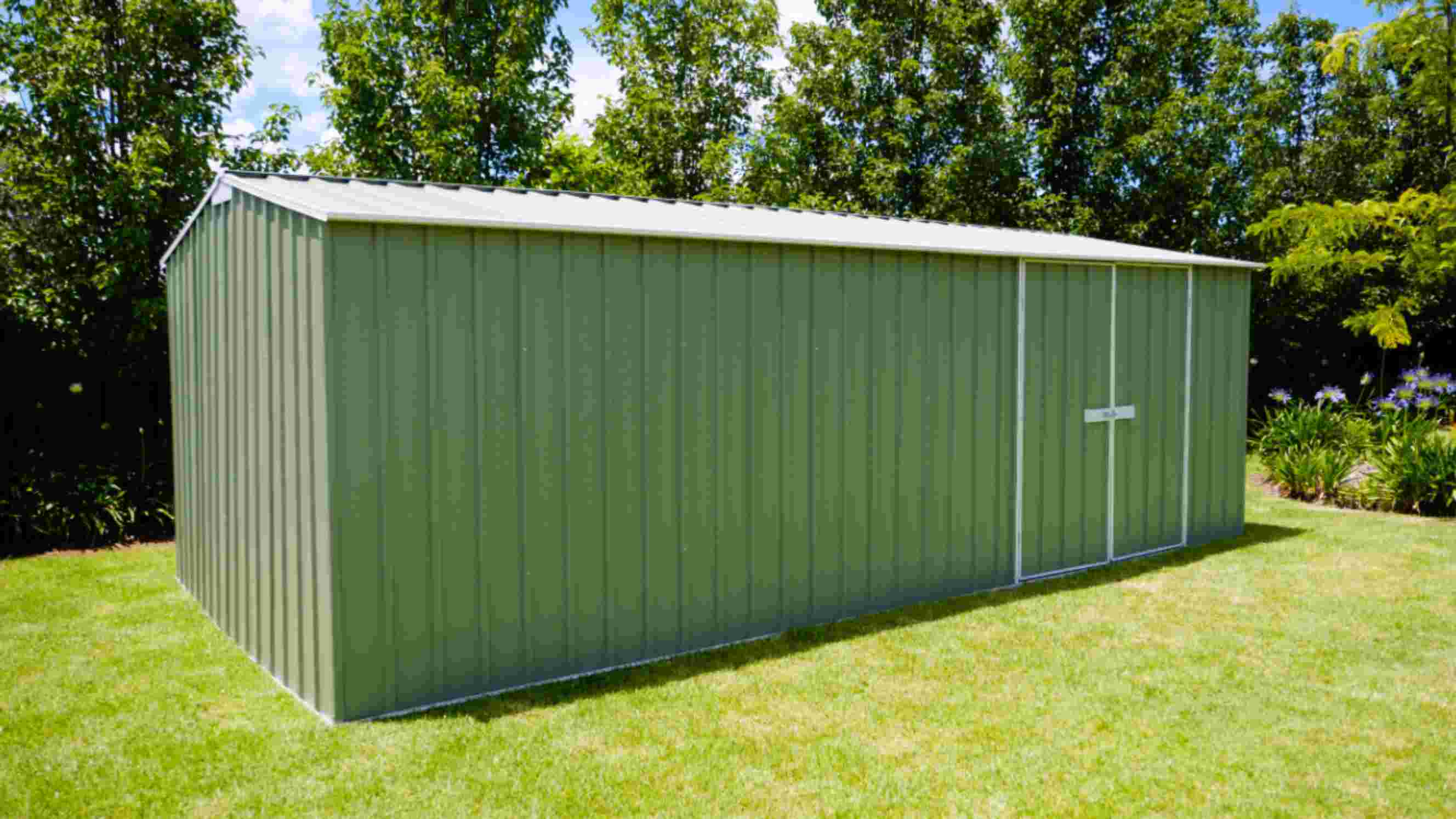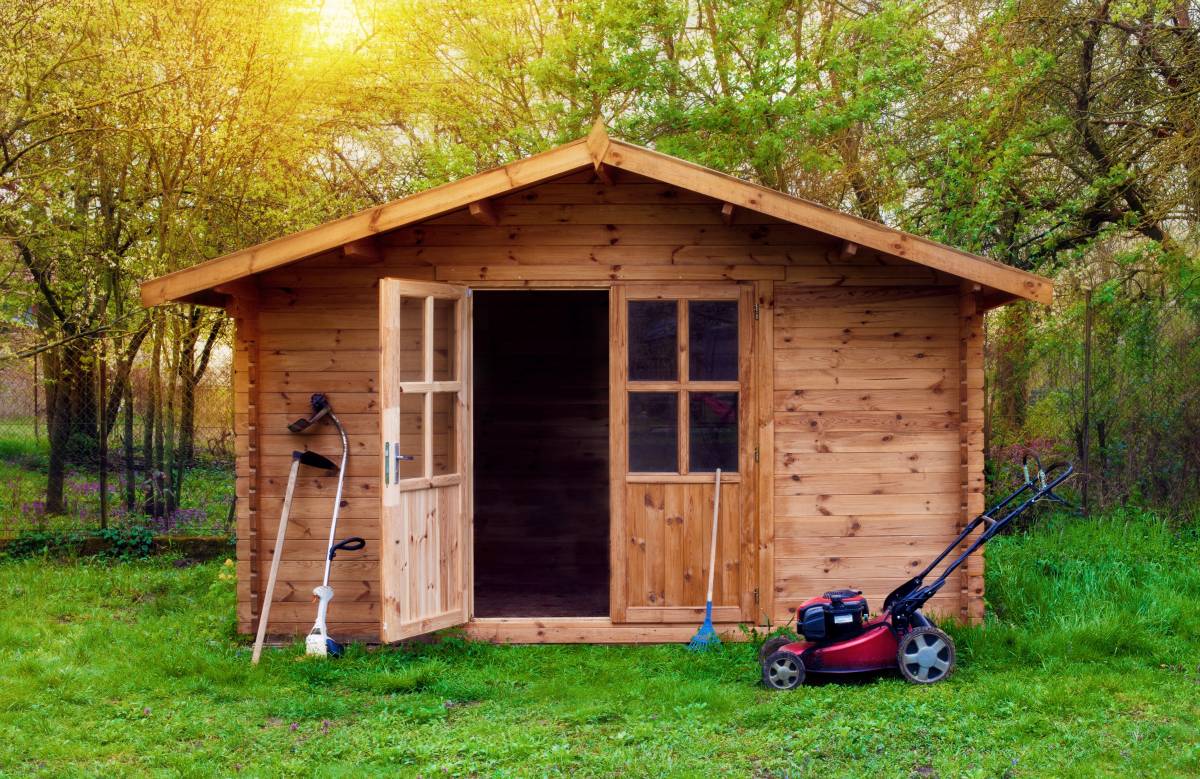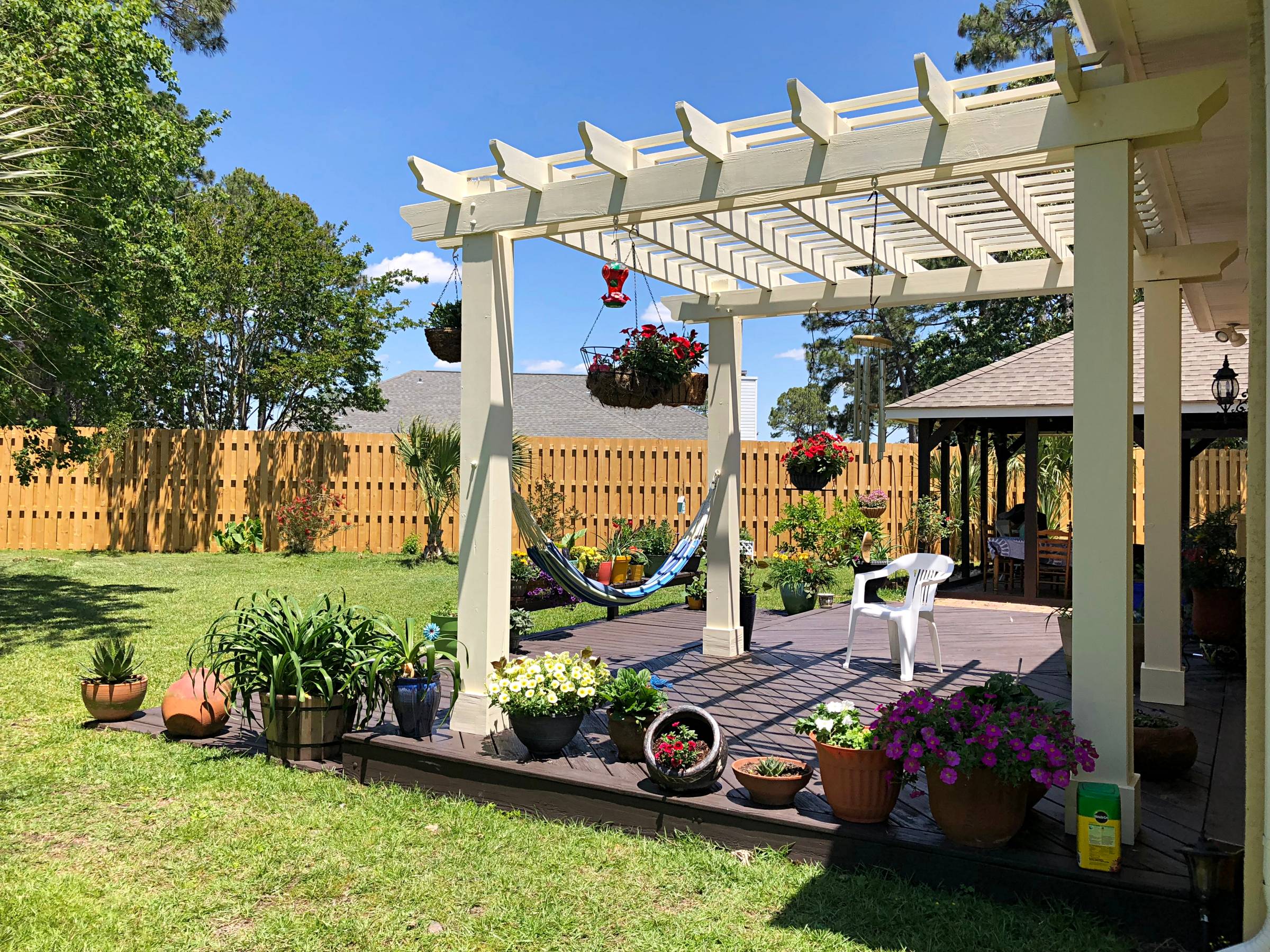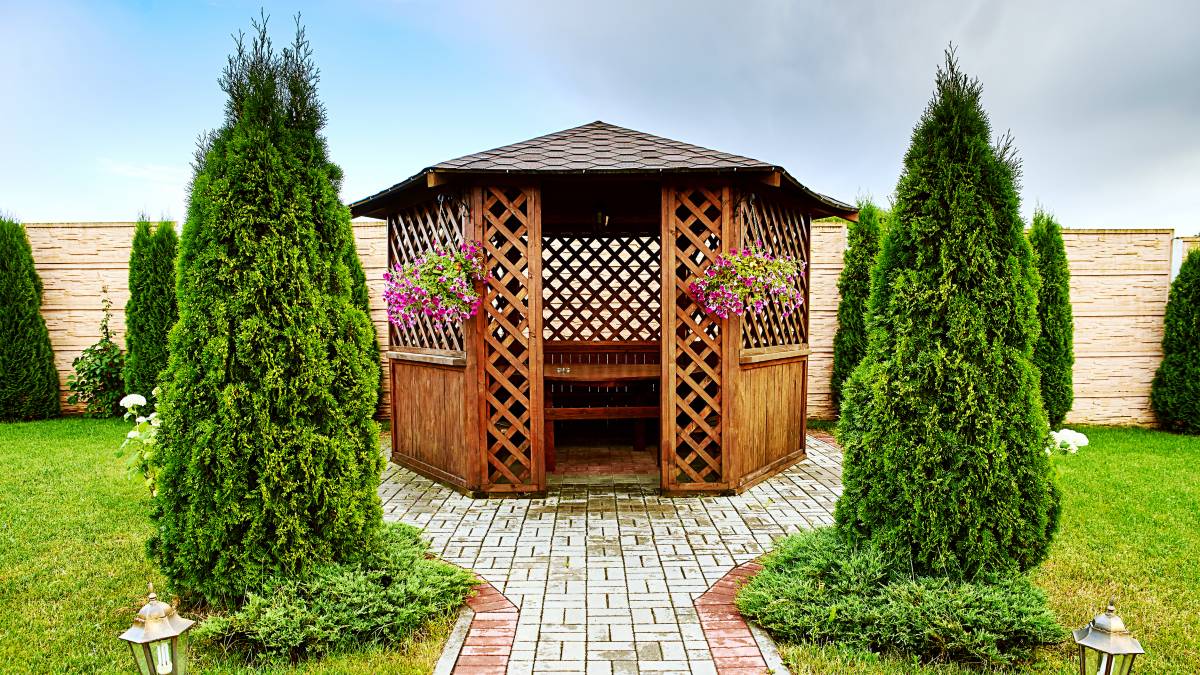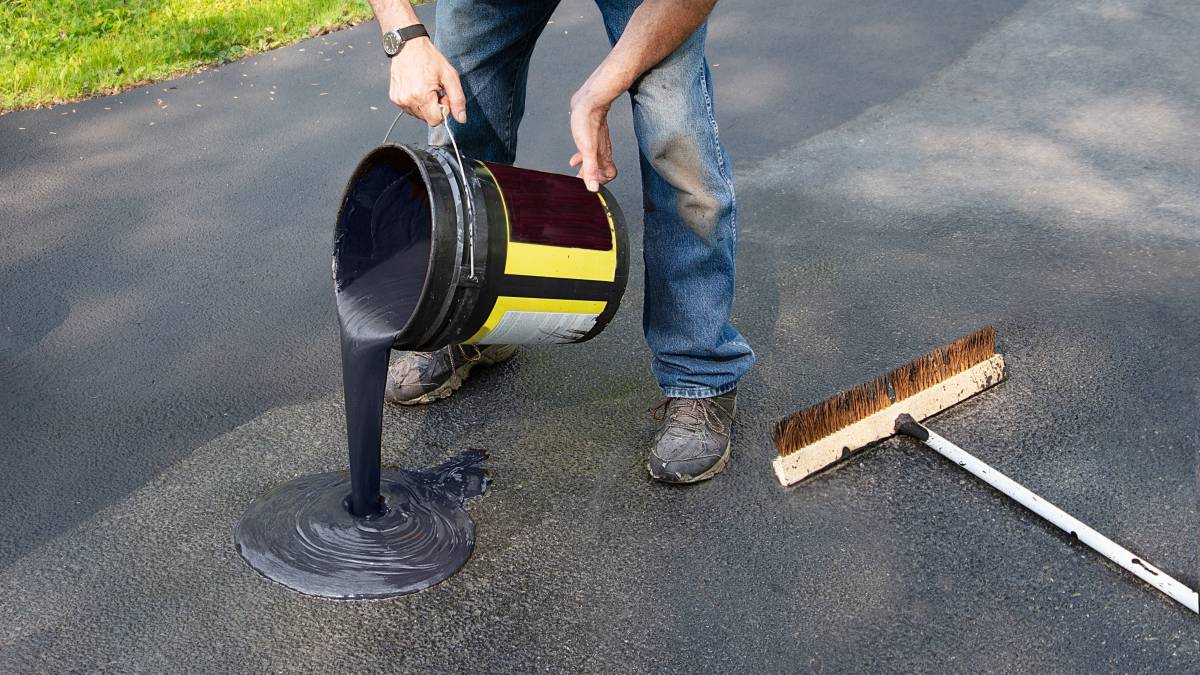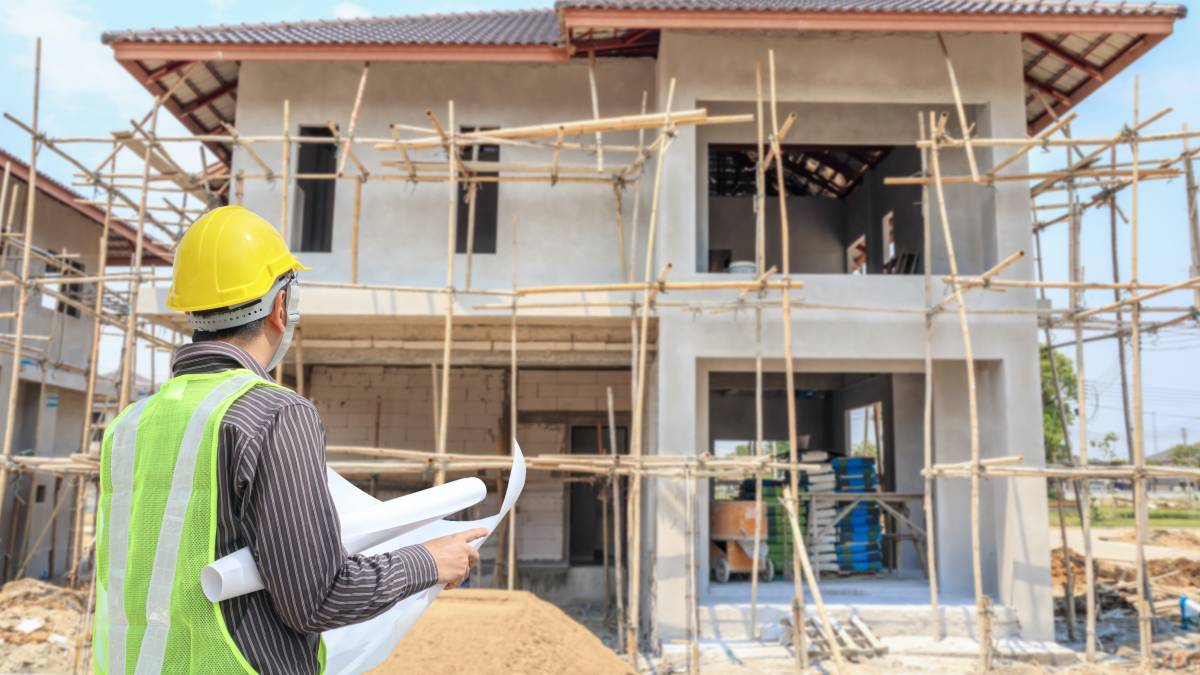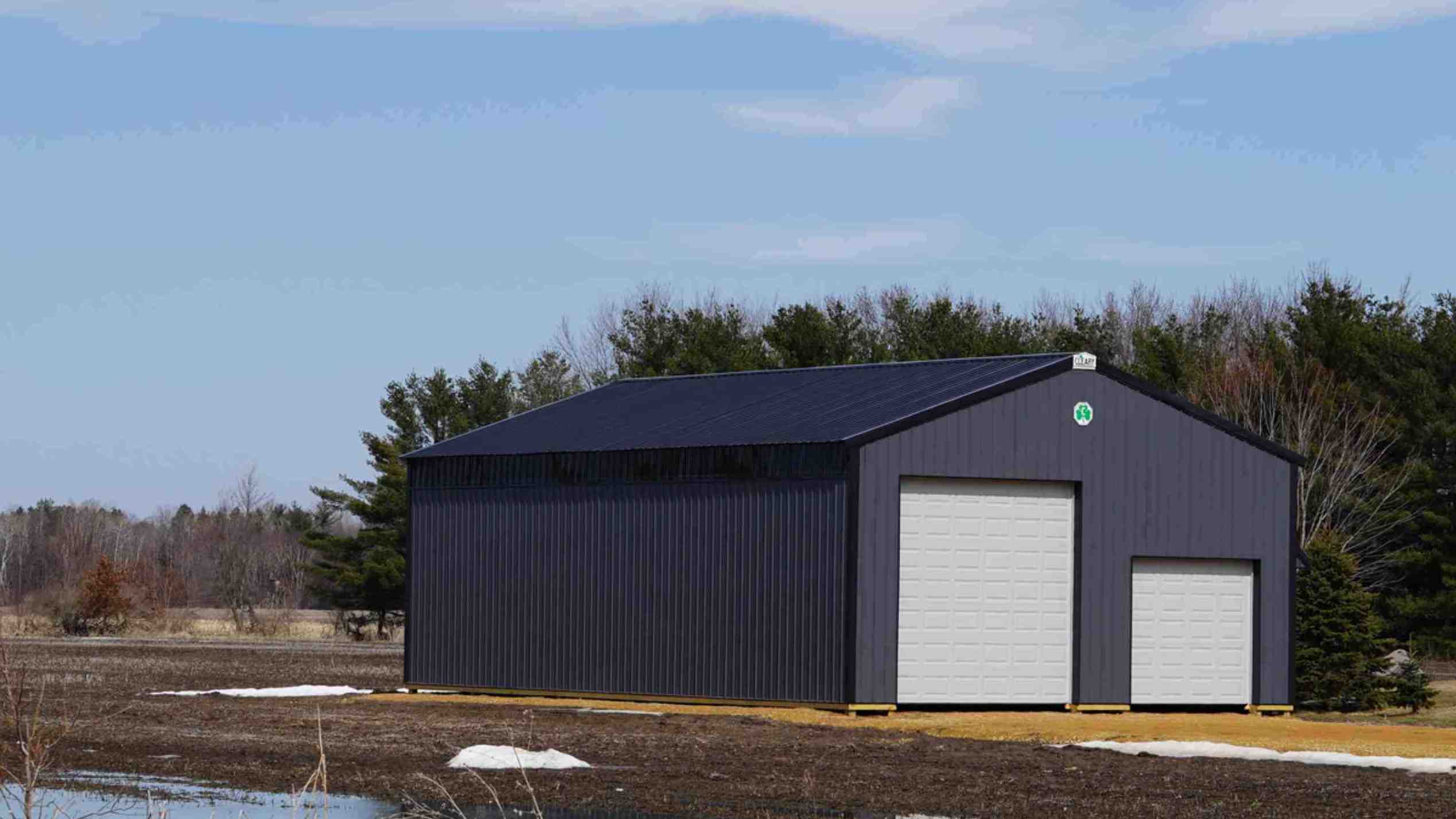
- Home/
- Comparisons/
- Shed Installation/
- Barn vs Shed
Barn vs shed: Which one best fits your needs?
Comparing barns and sheds based on size, purpose, construction materials, and more.
Last Updated on

Written by Ma. Donna Dane B.
Contributor
Read more about our contributor
Key Facts
- A barn is a spacious structure that can accommodate tools, vehicles, livestock, and even commercial or living spaces.
- A shed is a more compact structure that’s used to store tools, equipment, household items, and smaller vehicles.
Size, purpose, construction, and more differ between barn vs shed. They’re both excellent storage spaces, but they can also serve you in more ways than that. They can also be a living or hobby space for your family or a commercial space for your business.
Whichever purpose you may need one for, we can help you decide with this guide. Make the right choice by assessing their differences in the way that they’re built and how much they cost.
What’s a barn?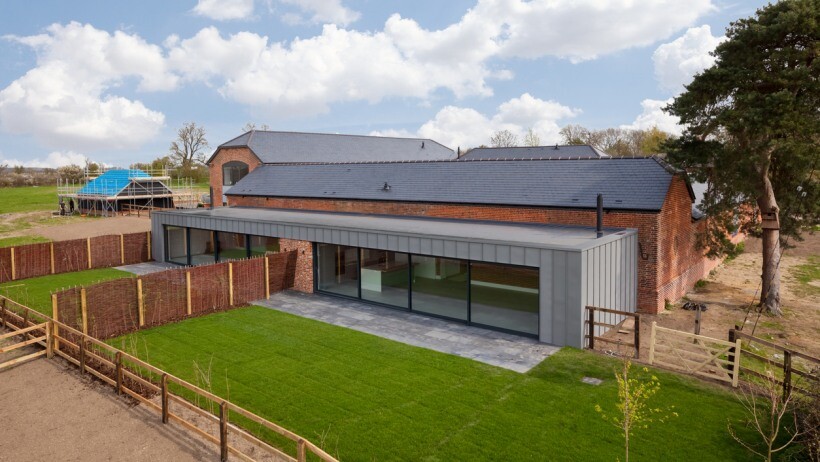 While barns have historically been used for agriculture, they now serve a range of purposes, including hobby gardens, workshops, event spaces, and even converted homes (Source: iStock)
While barns have historically been used for agriculture, they now serve a range of purposes, including hobby gardens, workshops, event spaces, and even converted homes (Source: iStock)
A barn is a large structure traditionally found on farms. It serves as a storage space for hay, crops, and farm equipment. It also has stables for livestock like cattle, horses, and sheep. Because of its significance in farm life and agricultural business, barns are even viewed as cultural artifacts in history and society.
While most barns have deep roots in agricultural use, today they’re just as likely to be used for a range of purposes like hobby gardens, workshops, or even event spaces and converted homes. They’re usually built from durable materials like wood or metal, offering a spacious interior and featuring high roofs or multiple levels to maximize storage.
What’s a shed?
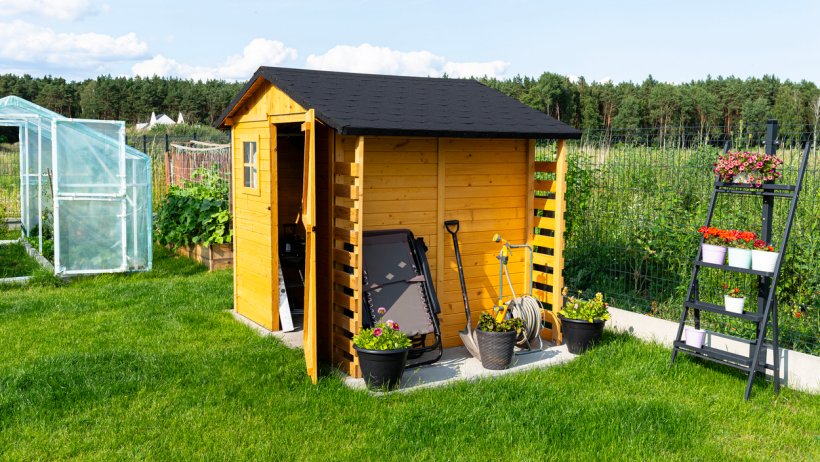 Sheds are ideal for storing tools, gardening equipment, and household items (Source: iStock)
Sheds are ideal for storing tools, gardening equipment, and household items (Source: iStock)
Sheds are smaller structures used for storing tools, gardening equipment, outdoor furniture, small vehicles, or other household items. They’re perfect for homeowners looking to declutter or organize their outdoor area, as they provide easy access to frequently used items without taking up too much space.
Sheds are usually made from wood, metal, or plastic, and come in a variety of shapes and sizes to suit different needs. Agricultural sheds also exist, but for the most part, sheds are simple and functional, offering just enough space to store essentials without the larger footprint of a barn.
Shed vs barn: Is there a difference?
Sheds and barns differ in the way they’re constructed, regulated, and more. Understanding these differences will help you decide on the better option for your property.
In terms of size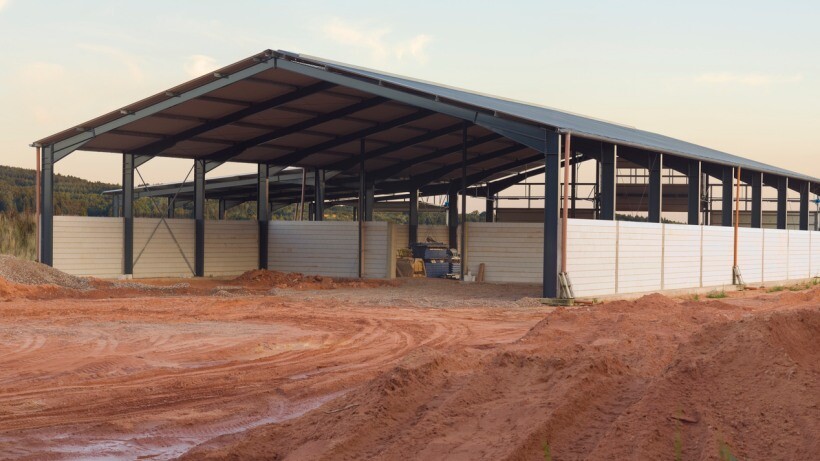 Barns are larger than sheds and often used to house livestock, large farm equipment, or bulky items (Source: iStock)
Barns are larger than sheds and often used to house livestock, large farm equipment, or bulky items (Source: iStock)
Barns are larger than sheds, as they’re often designed to house livestock or large farm equipment. Their spacious interiors and high ceilings make them ideal for people who need room to move around or store bulky items. Barns can range from modest-sized structures to massive multi-level buildings, depending on their purpose.
In contrast, sheds are more compact for storing smaller items like gardening tools or bikes. They fit neatly into backyards without taking up too much space. But if you have more space in your property, you can also have large sheds that can store larger vehicles like cars and even boats.
In terms of purpose
Barns are traditionally built for agricultural use. This makes them ideal for housing livestock and storing large quantities of hay and equipment on a rural farm. These days, barns can also serve more creative or commercial purposes, such as workshops, event venues, or even homes.
Sheds, on the other hand, are built with simplicity in mind. They’re mainly used for storage—think tools, lawn equipment, or seasonal items that don’t belong in the house. A backyard or ideal garden shed keeps your outdoor area organized without taking up too much room.
In terms of construction materials
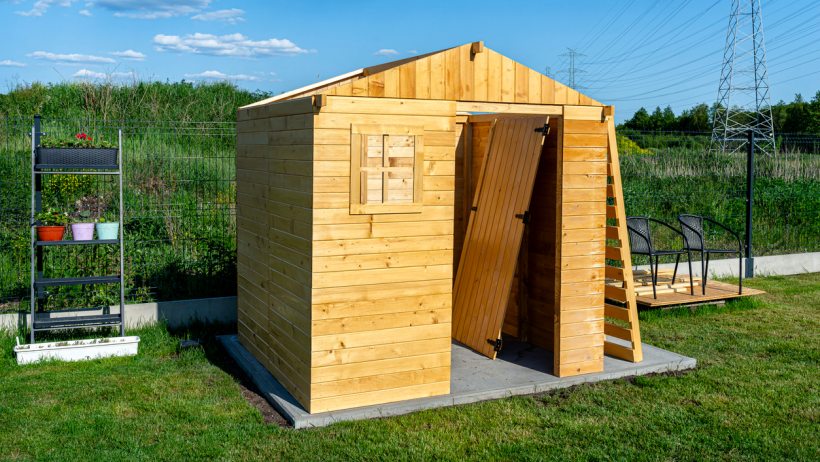 Sheds are typically built from lighter materials such as wood, metal, and plastic (Source: iStock)
Sheds are typically built from lighter materials such as wood, metal, and plastic (Source: iStock)
Barns are often built from heavy-duty materials like timber, steel, or a combination of both. These premium materials are chosen for their strength and resilience, as barns are designed to withstand extreme weather conditions, protect livestock, and store valuable farm machinery.
Meanwhile, lighter materials such as wood, metal, or even plastic are typically used for shed installation. While wooden or metal sheds offer decent durability and weather resistance, plastic sheds are more affordable, though they might not be as tough in extreme conditions.
As for choosing between metal vs wood sheds, the better material will depend on your purpose and area. The same goes for if you’re considering a timber frame shed vs steel.
In terms of insulation
Barns are often built with insulation in mind to maintain quality. This temperature regulation keeps the interior warm during winter and cool in summer, which is crucial for keeping livestock or creating a conducive environment for workshops. Insulated barns also protect stored items and valuable machinery from moisture and extreme weather conditions.
Sheds aren’t usually insulated, especially if they’re just used for storage. Most types of sheds like modern garden sheds or household sheds, are designed to be functional and budget-friendly, so insulation is often left out to keep costs low.
When building a shed, insulation is usually done if it’s being used for more than just storage, like as a workspace, a hobby room, or a farm shed. You can hire experts to help you out if you’re unsure about the process of how to insulate a shed.
In terms of regulations
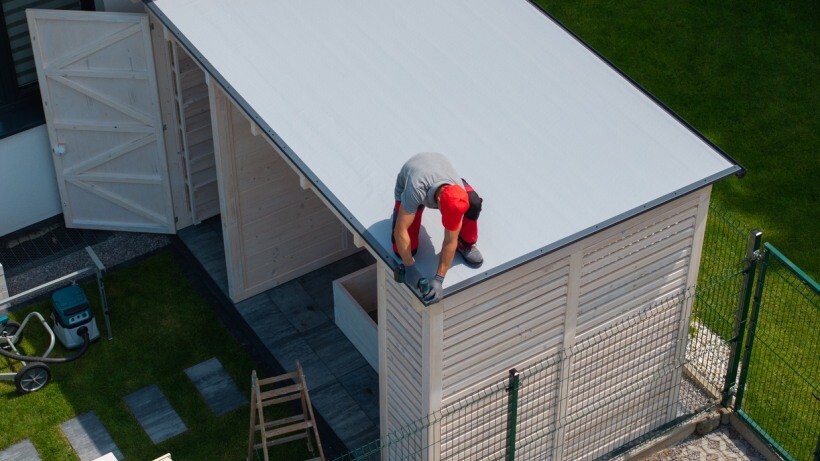 When building your own barn or shed, it’s important to check local guidelines, as regulations can vary by region (Source: iStock)
When building your own barn or shed, it’s important to check local guidelines, as regulations can vary by region (Source: iStock)
Barns typically require stricter building construction codes and permits due to their size and purpose. Depending on the location, you may need to comply with zoning laws that dictate how and where a barn can be constructed, especially if it’s intended for agricultural use or if it’ll be housing livestock. These building codes and regulations ensure that barns meet safety standards and consider the welfare of the animals.
Conversely, shed regulations are less rigorous. For example, smaller sheds of less than 10 sqm can be built without needing a permit, provided they stay within certain size limits set by local councils. However, it’s important to check local guidelines, as regulations can vary by region.
In terms of cost
For barns, the cost is generally higher due to their larger size and more durable construction. A small to medium-sized barn can range from $20,000 to $50,000 or more, depending on features such as insulation, flooring, or custom designs.
The cost of sheds is significantly lower. A basic, small garden shed made from metal or wood can start around $500 to $2,500, while larger, more robust sheds can range from $5,000 to $15,000.
Need to build a barn or a shed? Find a professional builder on Airtasker
Barns and sheds can be used for storage, living, recreational, and commercial purposes. Whichever is your purpose, Airtasker can help you find the right builder who’ll take all of this into consideration, including your budget and the climate around your area.
Make the process of constructing a barn or installing a shed easy by connecting with a skilled expert on Airtasker. Simply post your task and budget on the app and select the best offer for your property. They’ll help you minimize accidents while ensuring that all local regulations are followed for construction.
Learn more about our contributors

Written by Ma. Donna Dane B.
Contributor
Donna is an experienced writer and editor with expertise in web content, help guides, documentation, and academic research. She's written professionally for companies and nonprofit organizations in the elearning, agriculture, food, and beauty. Outside of work, Donna explores small business baking, AI governance research, and long-distance running, which influence her writing.
Barn vs Shed
| Barn |
Shed |
|
|---|---|---|
|
Size |
Modest-sized structures to multi-level buildings depending on their purpose |
Compact storage areas that can fit neatly into backyards |
|
Purpose |
Traditionally for agricultural use, but can now be used for commercial and creative purposes, too |
For storing and organizing tools, equipment, and seasonal household items |
| Construction Materials |
Heavy-duty materials like timber, steel, or a combination of both |
Lighter and cheaper materials such as wood, metal, or even plastic |
|
Insulation |
Has built-in insulation to regulate temperature for live animals and sensitive materials and equipment |
Not usually insulated, but remains functional and budget-friendly for storage |
|
Regulations |
Requires stricter building codes and permits |
Can be built without needing a permit if they stay within certain size limits set by local councils |
|
Cost |
Medium-sized barns can range from $20,000 to $50,000 |
A small garden shed can start around $500 to $2,500 |
FAQs on barns and sheds
A barn-style shed is a storage structure designed to mimic the look of a barn, with a high ceiling and double doors. This design gives it a charming, rustic appearance while maximizing headroom and storage space inside. Barn-style sheds are often used for various purposes, including garden storage, workshops, and even hobby spaces.
The best type of shed to build depends on your needs, budget, and climate. Wooden sheds are popular for their natural look and ease of customization, making them ideal for workshops or garden storage.
Metal sheds are durable, fire-resistant, and low-maintenance, great for areas with harsh weather. Plastic sheds are lightweight, weather-resistant, and easy to assemble, perfect for simple storage needs. Each type has its advantages, so choose based on the intended use and location.
Yes, you can convert a shed into a barn, but it may require significant changes. You’ll likely need to reinforce the structure, increase the height, add ventilation, and possibly install insulation and durable flooring, especially if housing animals. This can be a cost-effective solution if the shed is large enough, but you can consult with a builder at Airtasker to ensure that it meets standards and local regulations.
Find shed installers, fast
Post a task
Related articles
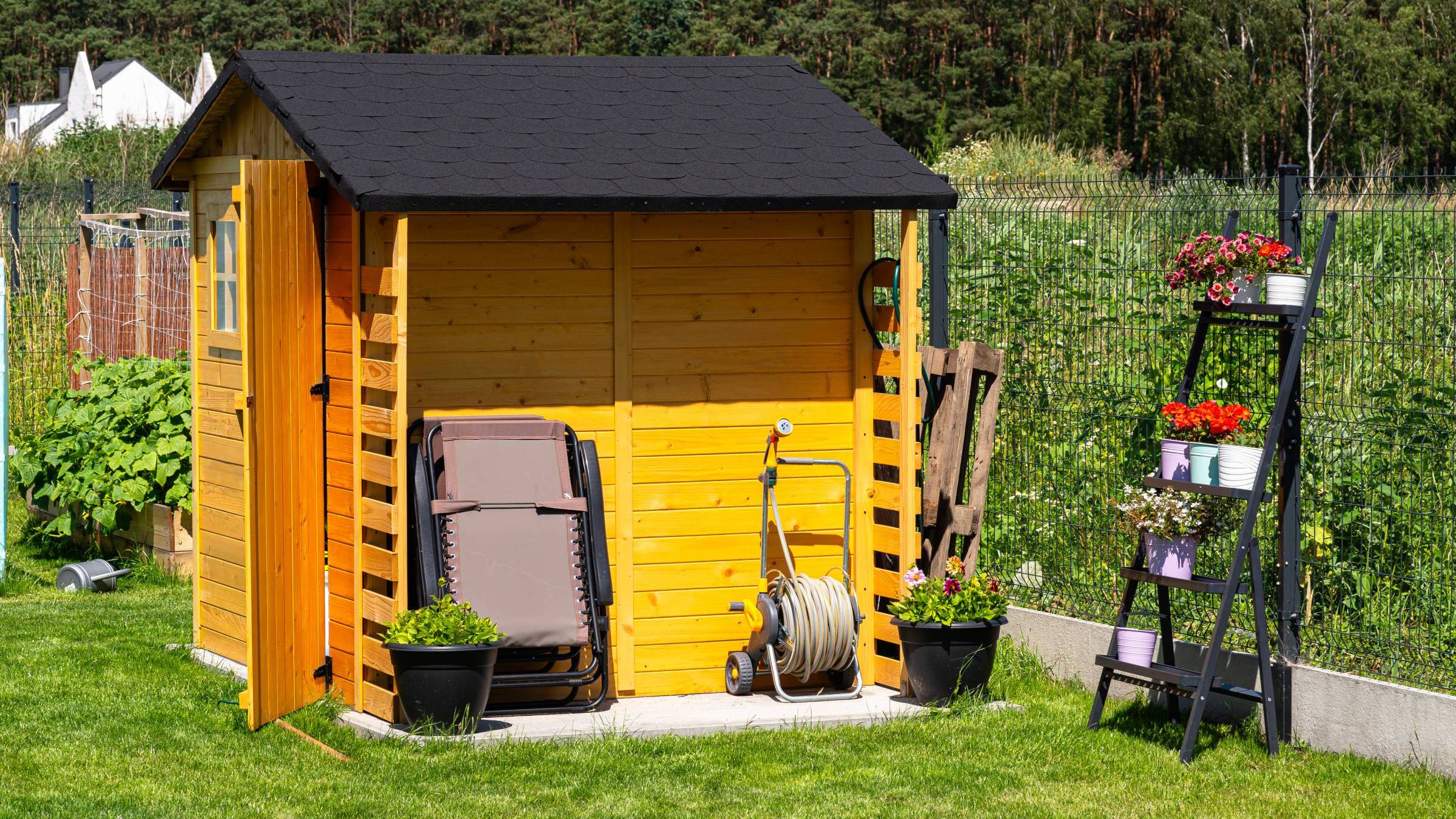
Your handy shed tools checklist
Read more
Related price guides
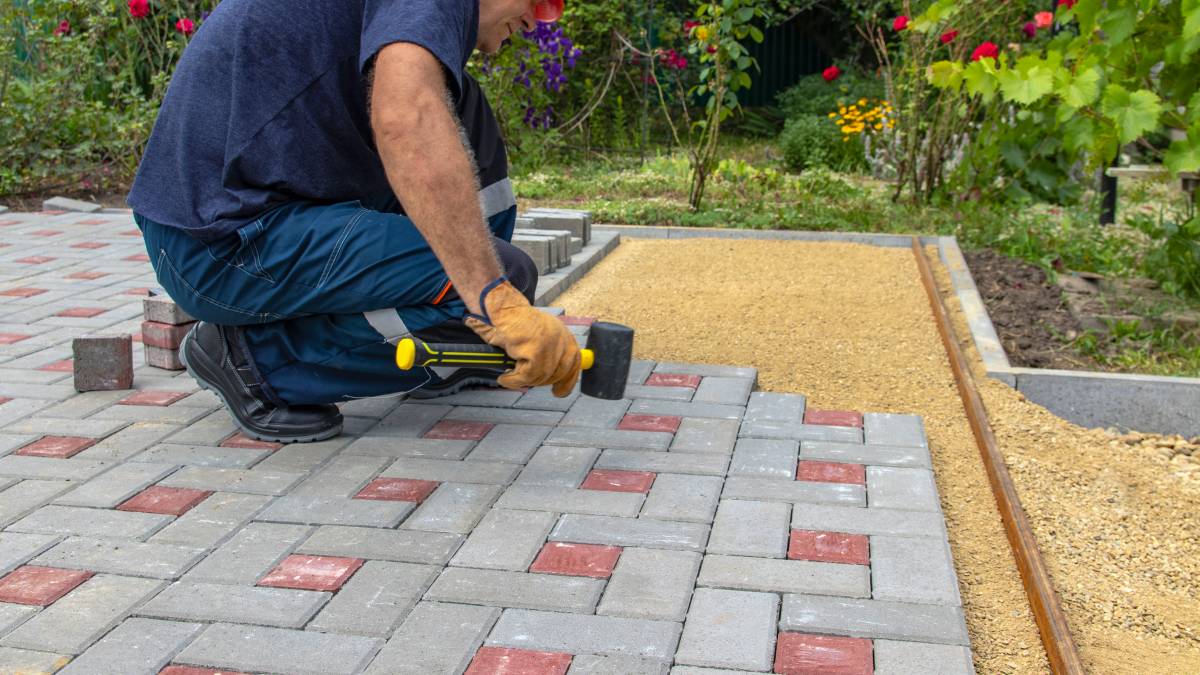
How much do patios cost?
Read more
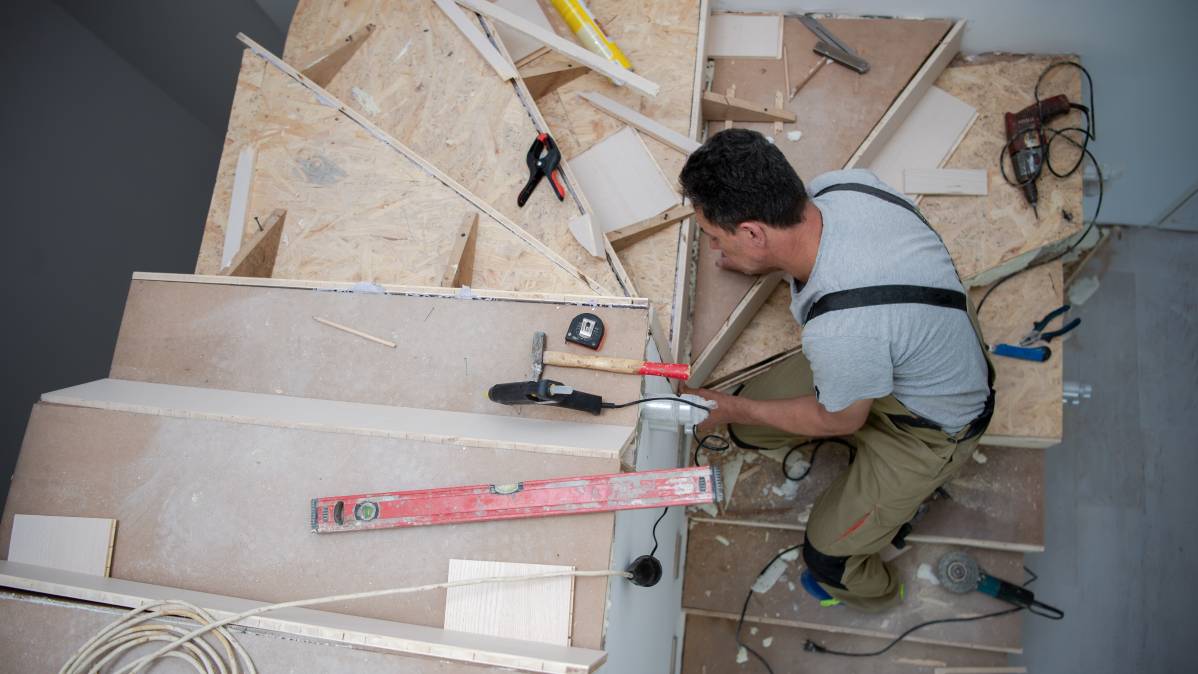
How much does a new staircase cost?
Read more
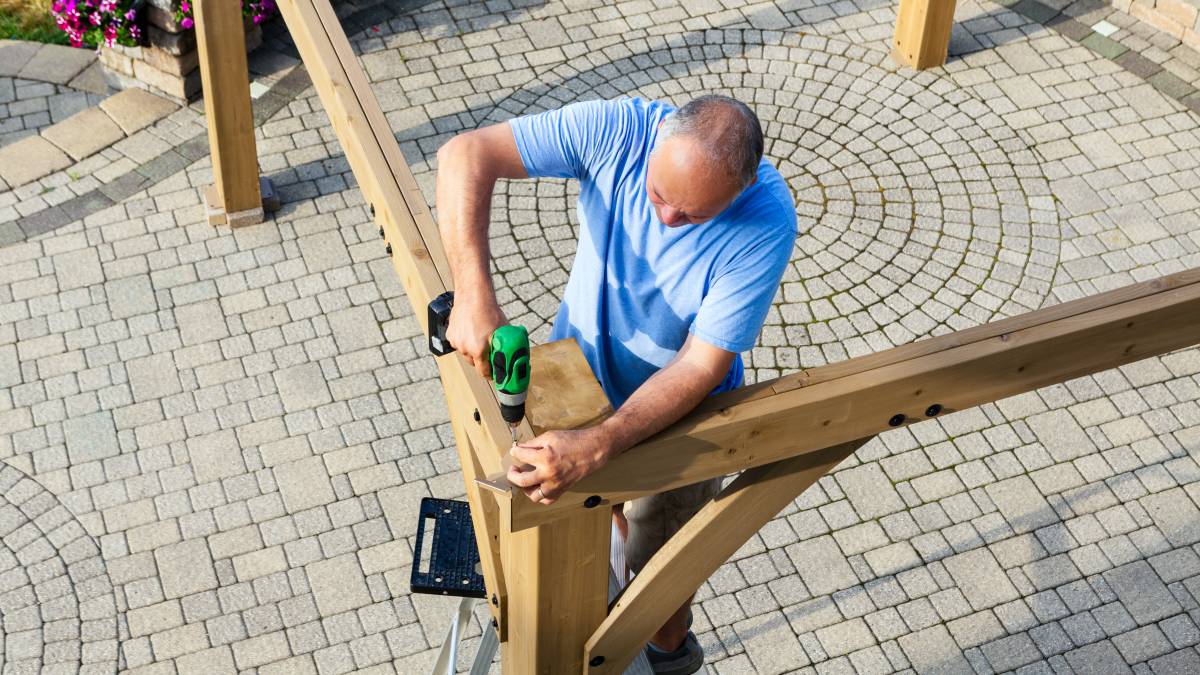
How much does a pergola cost?
Read more

How much does demolition cost?
Read more
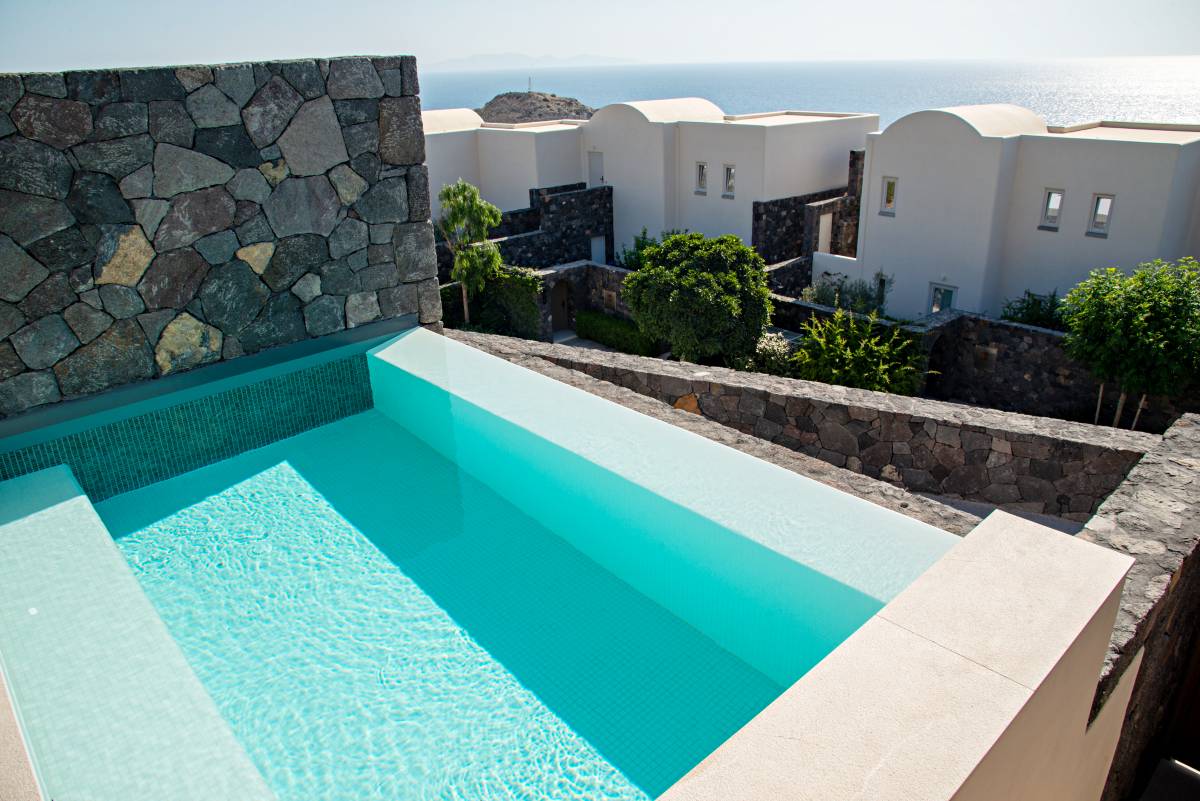
How much does a plunge pool cost?
Read more
